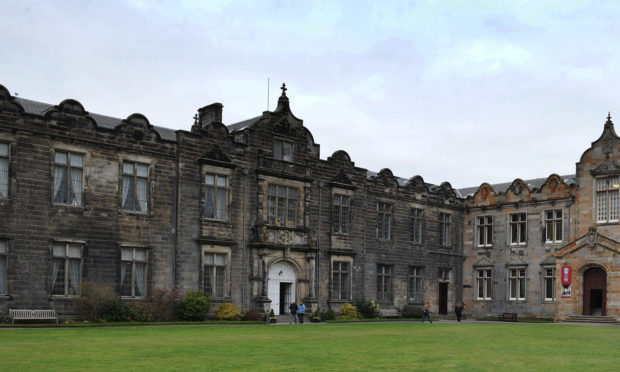A St Andrews University-led project to create a safe, cheap, long-lasting battery which could revolutionise electric travel and renewable energy storage has been given £12 million from a major funding body.
The Faraday Institution announced the funding as part of a £55 million funding round for research into energy storage.
The £12m project, NEXGENNA, to be spearheaded by the University of St Andrews, will work on creating a safe sodium ion battery with high performance, low cost and a long cycle life which could eventually be commercialised.
The relatively low cost of sodium ion batteries makes them potentially attractive as a next generation technology, particularly for static energy storage applications where large batteries are needed, and for low-cost vehicles.
Such batteries could allow electric trains to run on non-electrified lines making currently non-economical routes, for example rural routes in the Scottish Highlands, commercially viable.
The technology could also allow effective storage of intermittent renewable energy sources such as wind turbines and allow electric cars to travel further before needing to be recharged.
The four-year research project will be led by Professor John Irvine and Dr Robert Armstrong of the University of St Andrews, with contributions from Lancaster University, the University of Cambridge, University College London, the University of Sheffield and the Science and Technology Facilities Council.
Professor Irvine, of the School of Chemistry at St Andrews, said: “This is a very exciting opportunity to develop a new strand of battery technology that the UK is uniquely well placed to lead the world through industry and academia working together.”
Dr Armstrong, joint project leader, added: “We have assembled a very strong team and look forward to delivering world class research enabling the UK to establish itself at the forefront of this developing technology.”





